Asymmetric Trading – The Most Important Concept in Investing

Finding asymmetric risk reward trading opportunities in the financial markets is critical. Throughout this guide, you’ll learn why asymmetric trading can help you limit the losses and at the same time give you the change to make more money.
If this is your first time on our website, our team at Trading Strategy Guides welcomes you. Make sure you hit the subscribe button, so you get your Free Trading Strategy every week directly into your email box.
“The essence of portfolio management is the management of risks, not returns.” – said Benjamin Graham, the father of value investing. Graham’s book, The Intelligent Investor, is often cited as the primary inspiration of Warren Buffet and many other renowned traders.
The above trading quote captures the essence of what asymmetric risk reward profile really is.
There is a high degree of uncertainty about the future, and no one can forecast the market at all times. Due to the inherent risks associated with how the markets work there will always be some kind of uncertainty.
To deal with market uncertainty, professional traders approach the market by identifying asymmetric investment opportunities.
So, understanding the asymmetrical risk definition is important.
Why is that?
Because it can help us recognize trading opportunities where the probability of a positive result is greater than the risk.
Let’s get started!
What is Asymmetric Risk Exposure?
In simple terms, the asymmetric risk is the notion of taking a risk that will generate a profit that is bigger than the risk taken. In forex trading can be a significant discrepancy between the profits and losses in the currency exchange rates. When the gap between the profits and losses widens, we can have:
- Either a positive asymmetrical risk
- Or, negative asymmetrical risk
In other words, an asymmetric risk reward profile happens when we have a disparity between the risk taken and the potential reward. A positive asymmetrical risk reward profile happens when the potential profit is bigger than the potential loss. On the other hand, negative asymmetrical risk reward happens when the potential loss is bigger than the potential profit.
As a trader, you want to be in a position where you have an asymmetric risk reward.
To put it simply, we want more reward and less risk.
If you risk $500 and have the potential to win $2,000, you have just made an asymmetrical trade.
On the other hand, if you risk the same $500, but only have the potential to make $500, you made asymmetrical trade.
Now…
We can distinguish two forms of asymmetrical trading opportunities:
- Trades with a high winning percentage.
- Trade with high risk reward ratio (you need to have more gains on your average wins than you have a loss on your average losses).
Theoretically, you can have 1:1 risk reward ratio if your winning percentage is high enough.
With a 60%, 70% or 80% winning rate you can overcome a pretty small risk to reward ratios.
The risk reward profile of your trade will dictate whether or not you’re going to be successful at trading or not.
The ideal trade scenario is to have a high-risk reward ratio and a high winning percentage at the same time.
Let’s consider the following hypothetical trading examples:
You have a trading idea with the following risk parameters:
- 30% probability of losing half of the investment.
- 30% probability of doubling investment.
- Investment range: 50% loss to 100% return.
Now, the second option you have is an investment idea with the following risk parameters:
- 10% probability of losing a tenth of investment.
- 35% probability of doubling investment.
- Investment range: 10% loss to 100% return.
We’re going to call this the Investment B opportunity.
If you were to choose between the two investment opportunities, which one would you choose?
If your choice is investment B, you have the mindset of an asymmetric investor.
However, if you have chosen investment A, you are going to be willing to risk a lot more than the potential return. The risk reward ratio is not favorable.
If you want to learn more, let’s see how asymmetric trading works.
See below:
How Asymmetric Trading Works?
When we talk about an asymmetric trade we mean a trading opportunity where the possibility of loss is small relative to the possibility of profit. Usually, the catalyst behind an asymmetric trade is some sort of market inefficiency.
On this topic, we can distinguish two types of market catalysts:
- Structural catalysts that can come in the form of a new regulation that force traders to behave in a certain way.
- Extremes of sentiment – extreme reading of the market sentiment can result in a potential trade scenario where you have a high probability trade (or low probability trade).
Trading with these market scenarios in mind it gives you favorable asymmetric returns.
Trading is like any other business.
If you don’t have a competitive advantage aka positive asymmetrical risk reward profile, it’s best to stay aside.
Don’t worry if you don’t have any idea how to assess asymmetric trading opportunities.
Moving forward, our team of experts will outline the complete picture of a profitable asymmetric trading strategy.
Let’s begin…
What is a Good Asymmetric Risk Reward Profile?
As explained earlier, the best asymmetrical trading opportunities need to have two things:
- High winning percentage.
- High risk to reward ratio.
The biggest mistake stock traders make is risking 100% of their funds to make a 100% return.
This is a symmetrical trade, which is not a good proposition.
It’s no secret that retail traders are prone to take profit earlier, so what will happen is that they will take profits when they are up 10%, 20% or higher.
This is a negative asymmetrical risk reward opportunity, which is even worse than the first case scenario.
An asymmetric trading strategy would be when you buy stocks, options, futures, gold or cryptocurrencies and the upside potential is for example 400%, while the downside potential is 40%.
The odds of this trade is 10 to 1.
Another type of asymmetrical risk phenomenon is the asymmetric volatility that is characteristic of the stock market.
Let’s see what’s the asymmetric volatility phenomenon meaning.
The asymmetric volatility phenomenon describes the natural inclination of stock market volatility to be higher in bear markets and slower in bullish markets.
Now, if you’re wondering:
How do you find the best asymmetrical risk reward trades?
See below…
How to Find Asymmetrical Risk Reward Trades?
The ability to find asymmetric trades is the true skill of trading.
We can’t afford the luxury to guess the trading risks.
So, we need to combine the odds of success and the magnitude of success aka profit expectation for every given trading opportunity.
Once we have identified a good asymmetric risk profile, you then would need to assess the true amount of risk to place behind this trade idea.
Let’s go through a hypothetical example of an asymmetrical risk reward profile.
For this purpose, we’re going to use some Fed data and EUR/USD futures.
From the Fed’s dot plot chart below, we can see a clear path for the Fed to higher short-term rates.
The Fed slashed interest rates in the USA three times in 2019. In 2020, it has already slashed rates again.
However, this trend is about to reverse in the future.
Two rate hikes of 0.25 basis points each are expected in 2021 and 2022.
With inflation picking up and with the stock market near its all-time highs, it’s a reasonable expectation to expect rate hikes.
However, the EUR/USD spread that encapsulates all of 2022 short-term rate change is currently priced at a flat 0% basis points.
Note* In order to obtain the EUR/USD spread we used the short-term euro-dollar futures contract for December 2021 (GEZ2021) and the futures contract for 2022 (GEZ2022). Using TradingView platform, simply type in GEZ2021 – GEZ2022 to gauge market expectation for future Fed rate hikes.
What is the Euro Dollar short-term rate telling us?
It means that future traders disagree over the upcoming Fed rate hikes.
Traders are simply pricing in no changes in rates for 2022.
This market can stay near zero or even go negative as the expectation of a rate cut might get priced in.
In essence, this is a 50/50 probability.
But, the 50% probability of the Fed hiking rates could go much further than the 50% probability of cutting rates.
So, an asymmetrical trading idea can be constructed as follows:
- Buying December 2021 euro dollar contract GEZ2021
- Selling December 2022 euro dollar contract GEZ2022
Another example of asymmetrical bet is bitcoin trading.
Buying bitcoin in its early inception was a true asymmetric trade.
The potential loss on your bitcoin investment would be a lot smaller than the potential profit.
During its glorious times, bitcoin returned big profits like 1,000%, 5,000% and even 10,000%.
Now, do you want to know a secret?
The asymmetric risk reward profile can be used to balance your portfolio.
Let me explain…
How to Use Asymmetric Risk Profile to your Portfolio
Nowadays, we have the opportunity to invest in companies from all over the world. And, the first advantage that comes with having the option to invest in thousands of stocks is that you can find asymmetrical risk reward opportunities. We mean, a stock with limited downside risk, but the potential of making big profits.
You can use financial ratios such as price to book ratio or return on equity ratio which can limit the downside risk.
An additional factor to include in your analysis is growth stocks.
Why?
Because a company that has a high chance of long term sustained gains due to macro trends or positive industry factors can potentially generate much bigger profits than stock with relatively high debt.
Final Words – Asymmetric Risk
In summary, if you don’t understand the asymmetric risk reward profile you’re pretty much guaranteed to fail as a trader. However, if you understand the asymmetric risk and you consistently find asymmetrical trading opportunities you’ll succeed.
You need to develop your skills to identify and then have the patience to wait for the best asymmetrical trading opportunities. It doesn’t matter how you trade the markets if you focus on these asymmetrical risk reward opportunities. The last words of advice are to stay disciplined and let the asymmetric trading opportunities show up rather than force a trade.
Thank you for reading!
Feel free to leave any comments below, we do read them all and will respond.
Also, please give this strategy a 5 star if you enjoyed it!
[ratings]


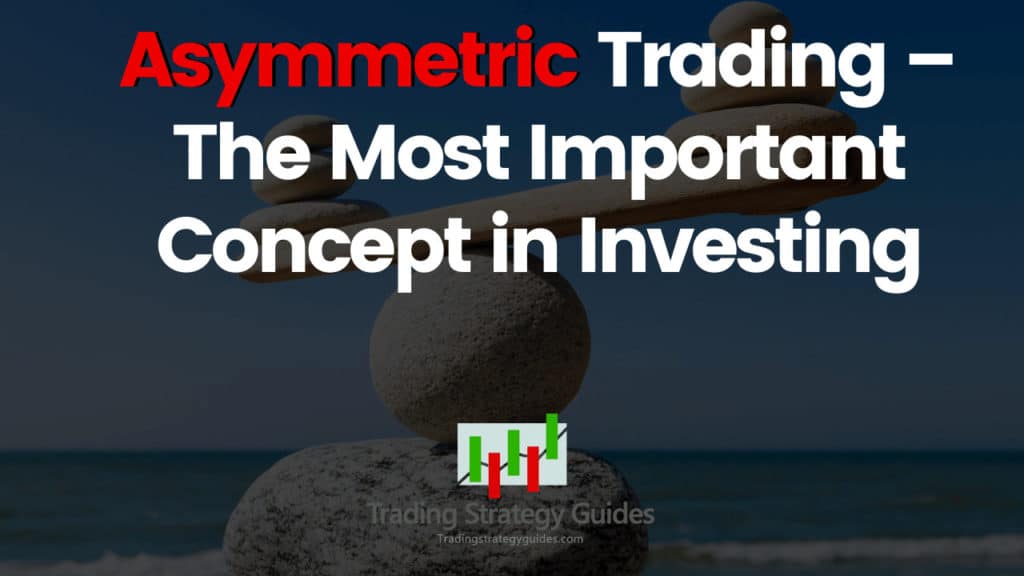
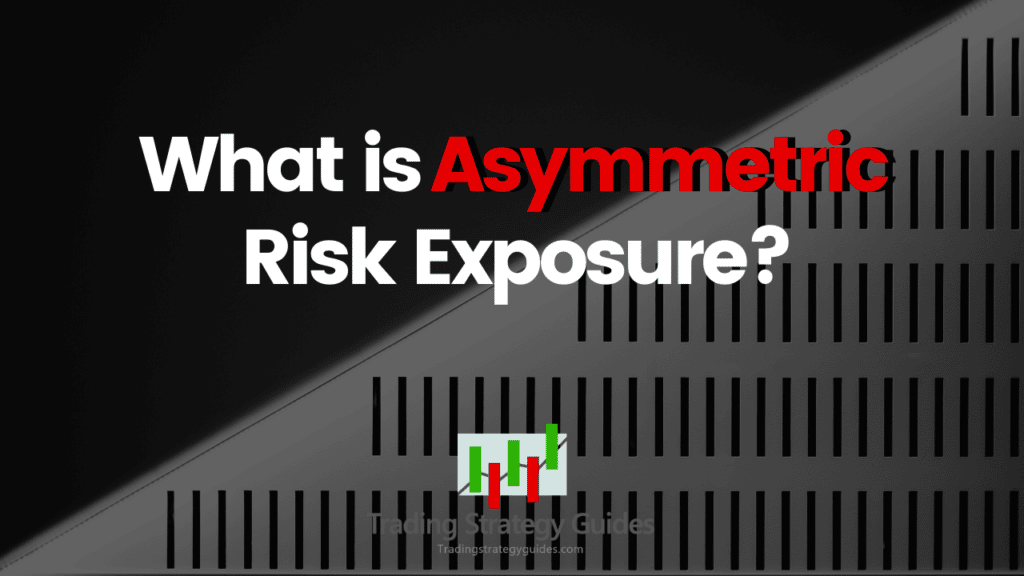
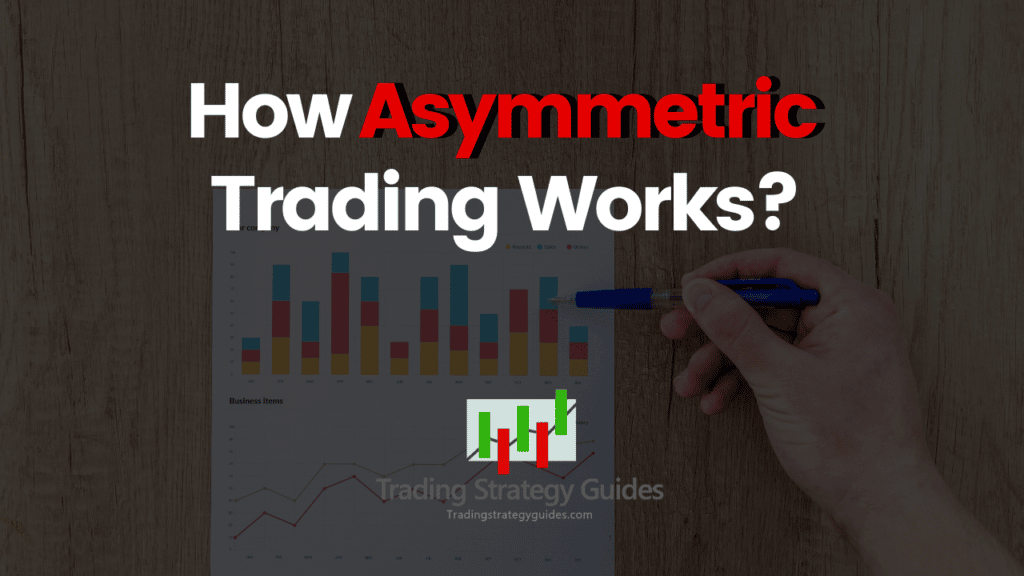
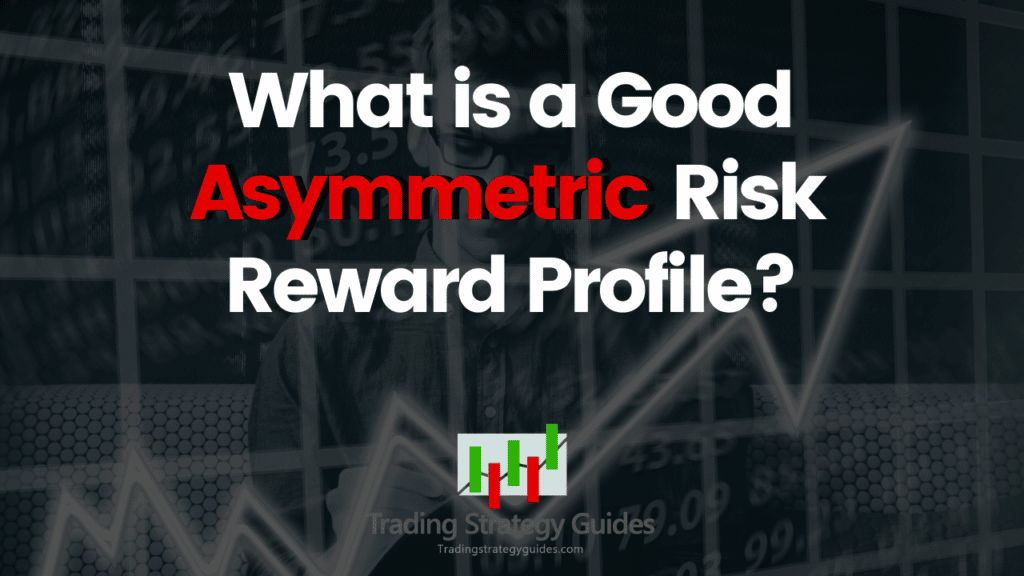
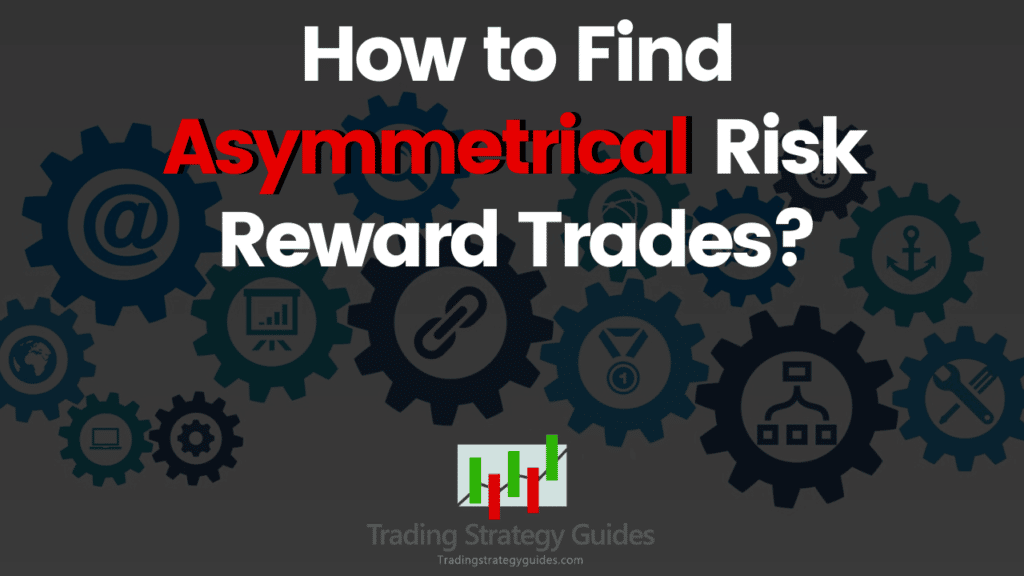

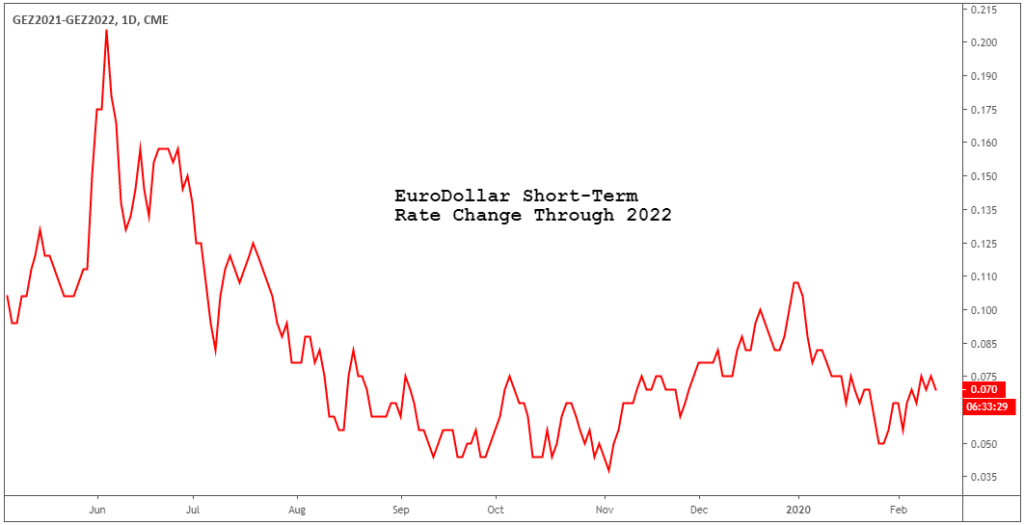
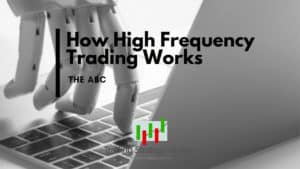




Can asymmetric create false breakout
Yes it can create a false breakout. The key is to nail down where that will be which is why we added the rules we did in the strategy 🙂
theoretically correct. if you know the % of reward then any % is better
Your article was informative however i’m a beginner and it was out of reach for me. I need more beginner information. thanks JI